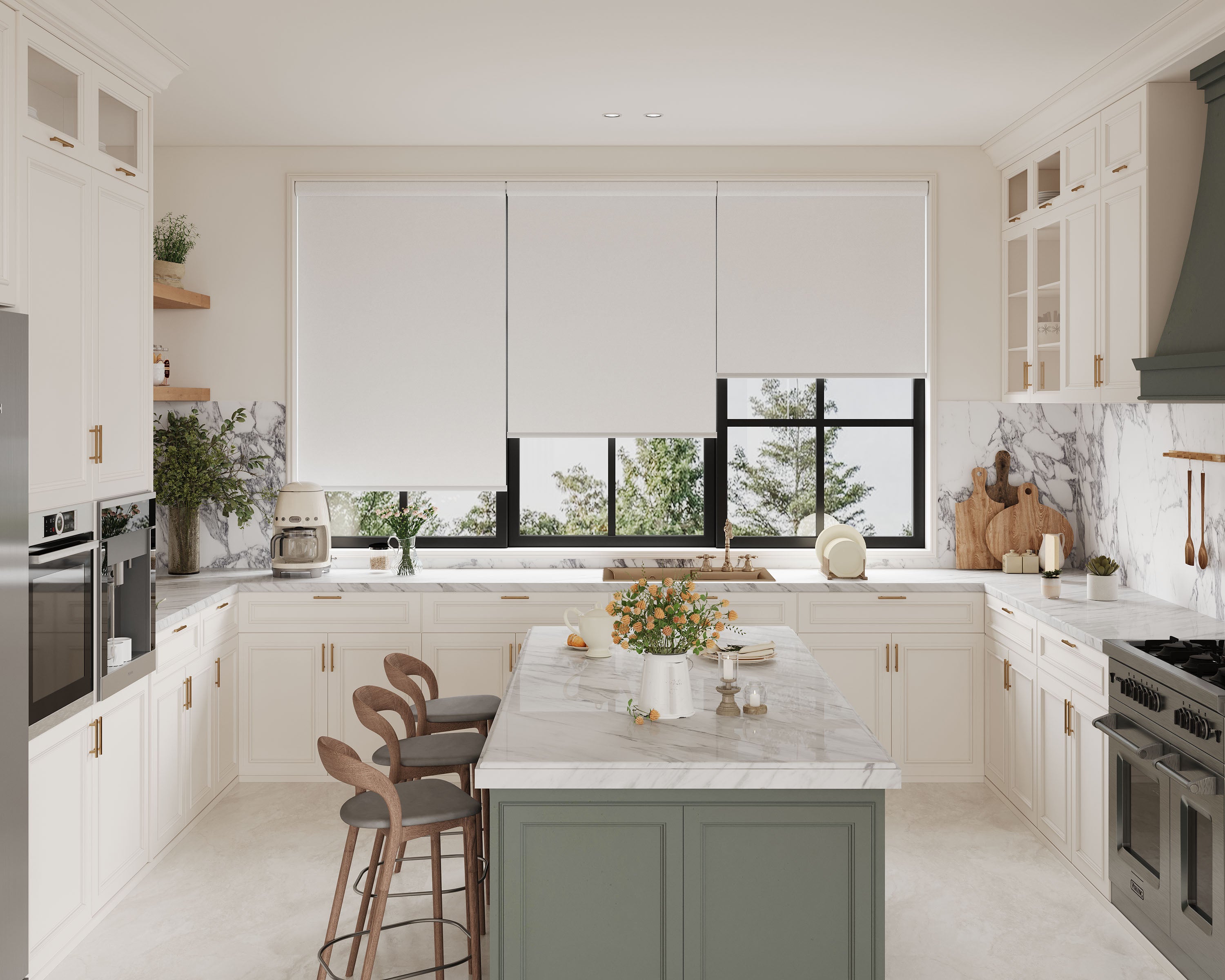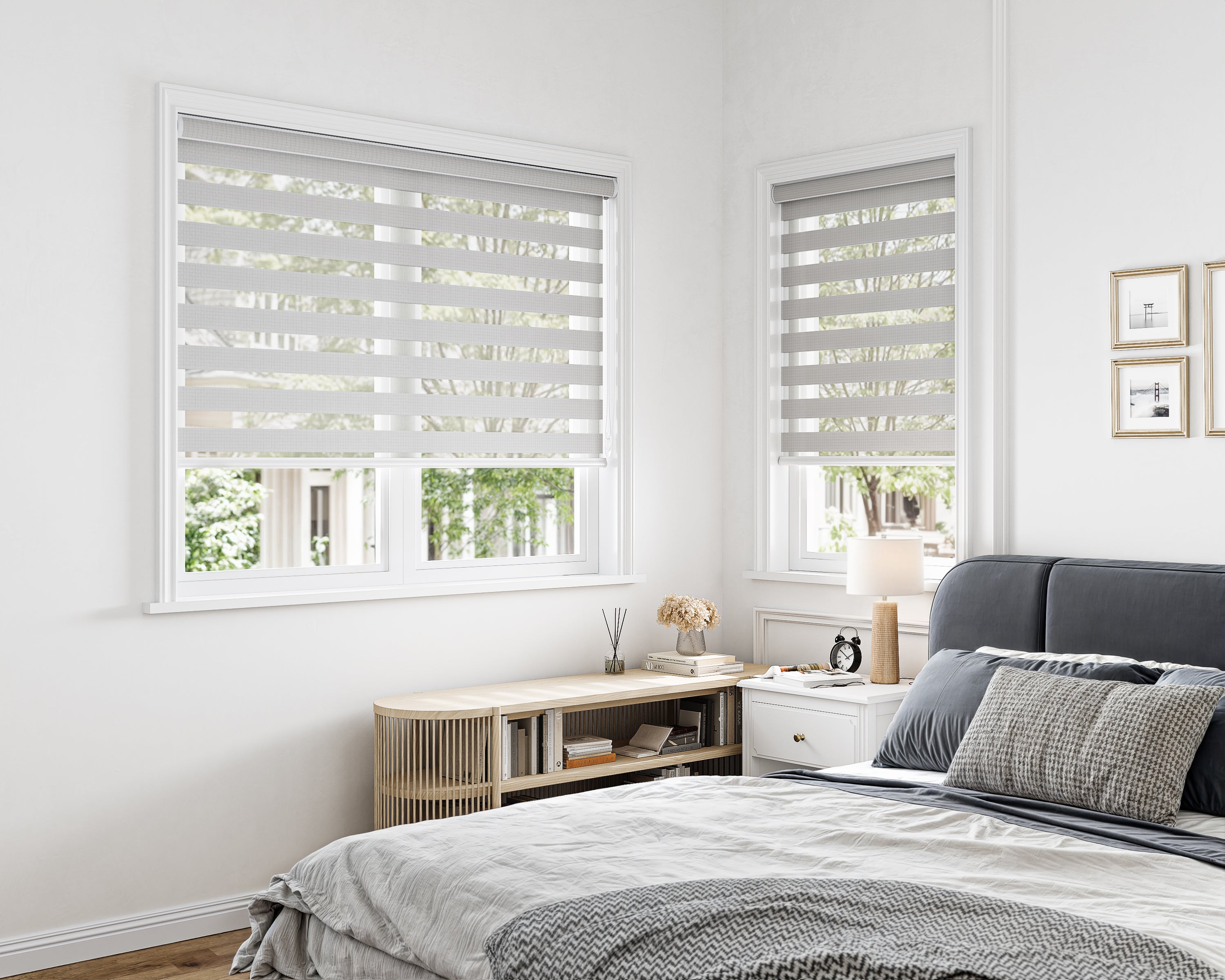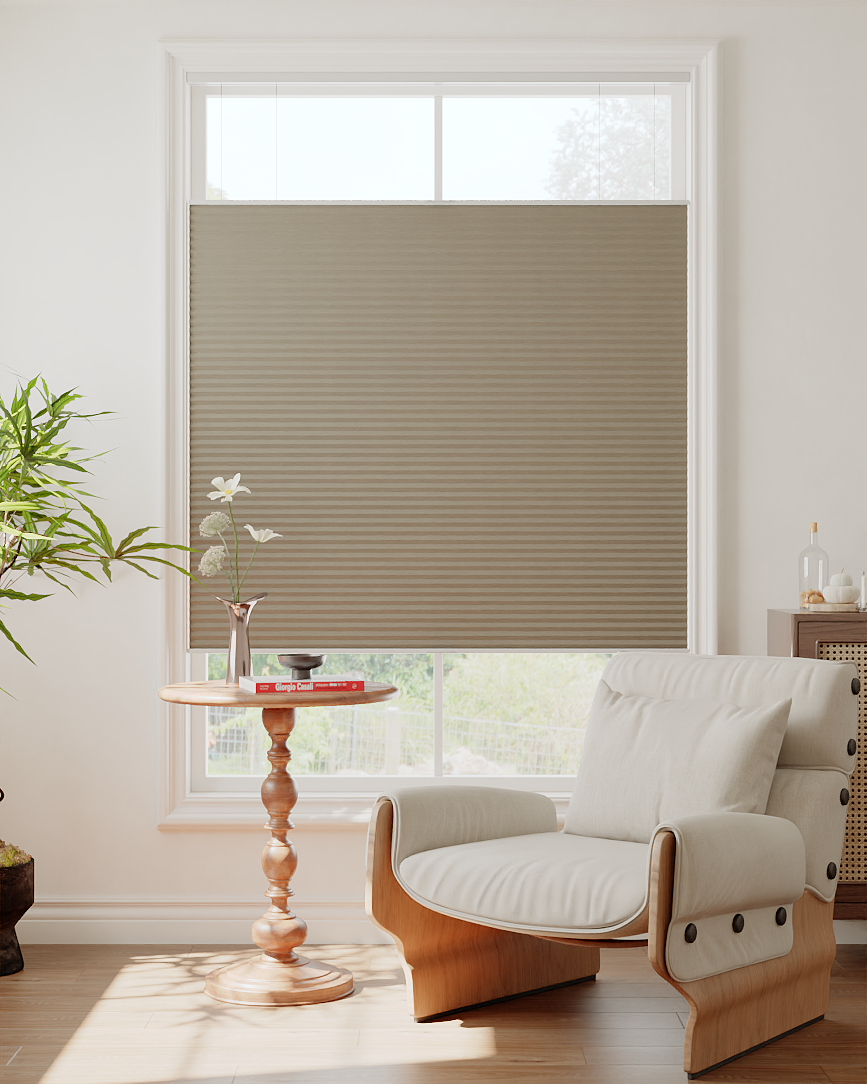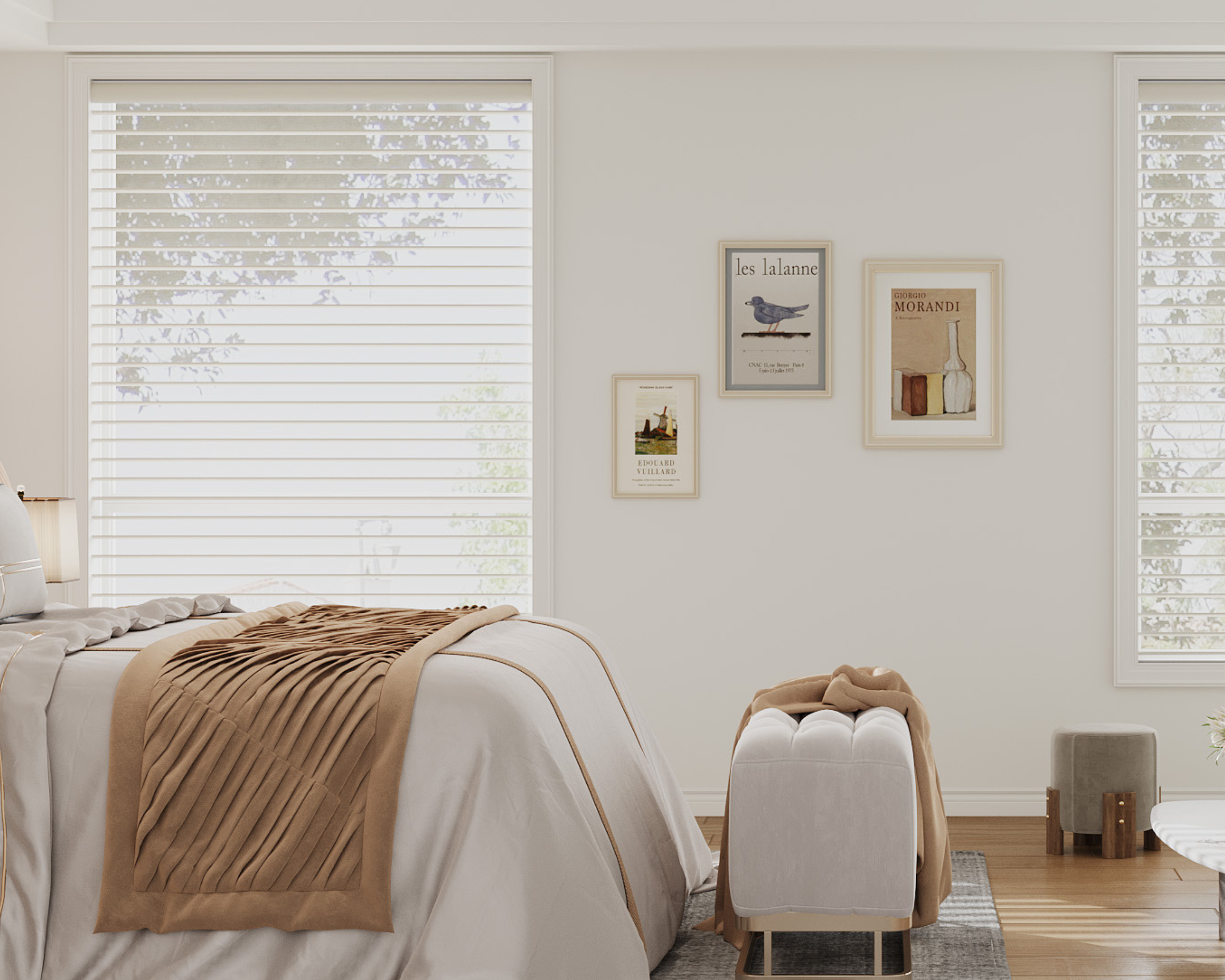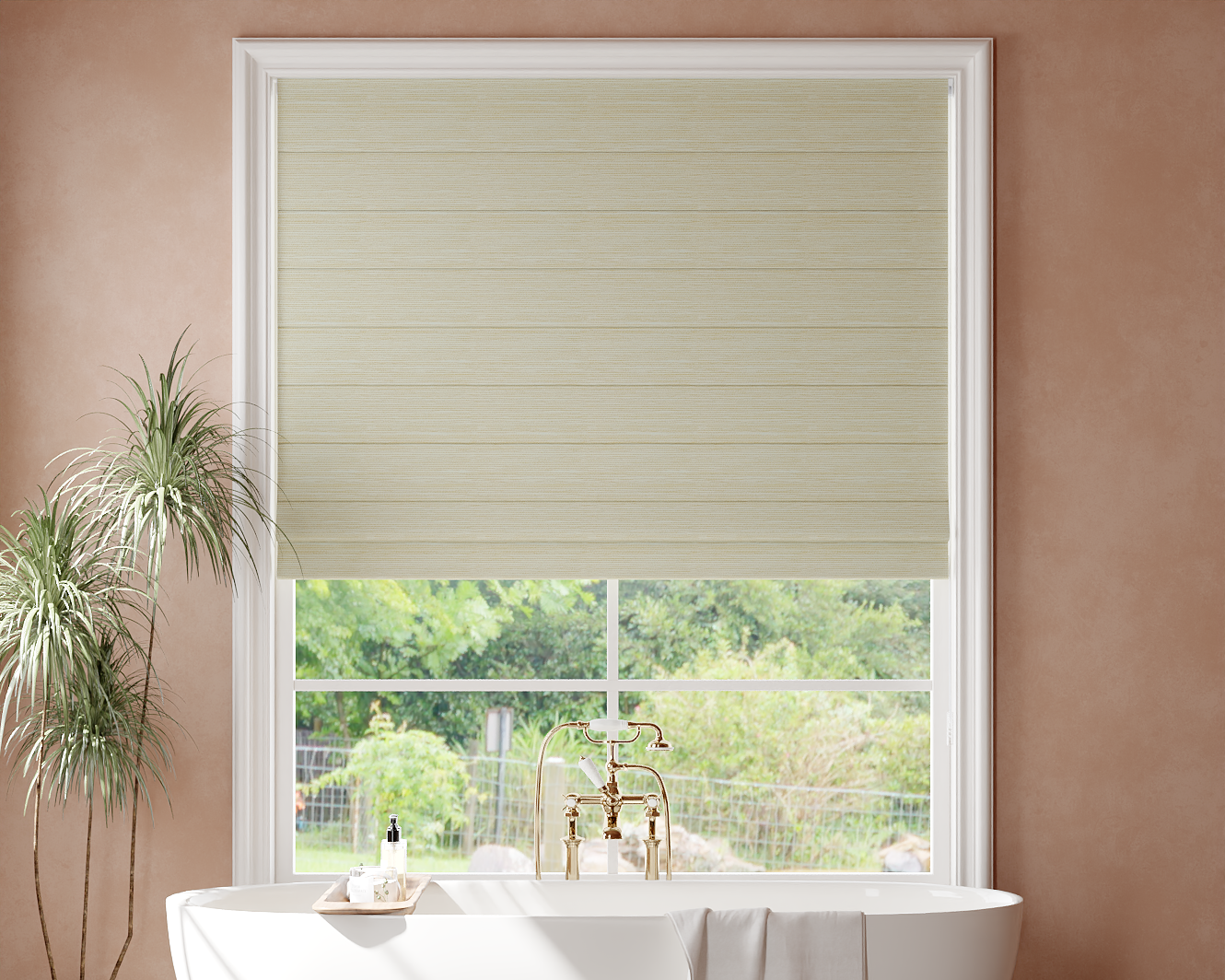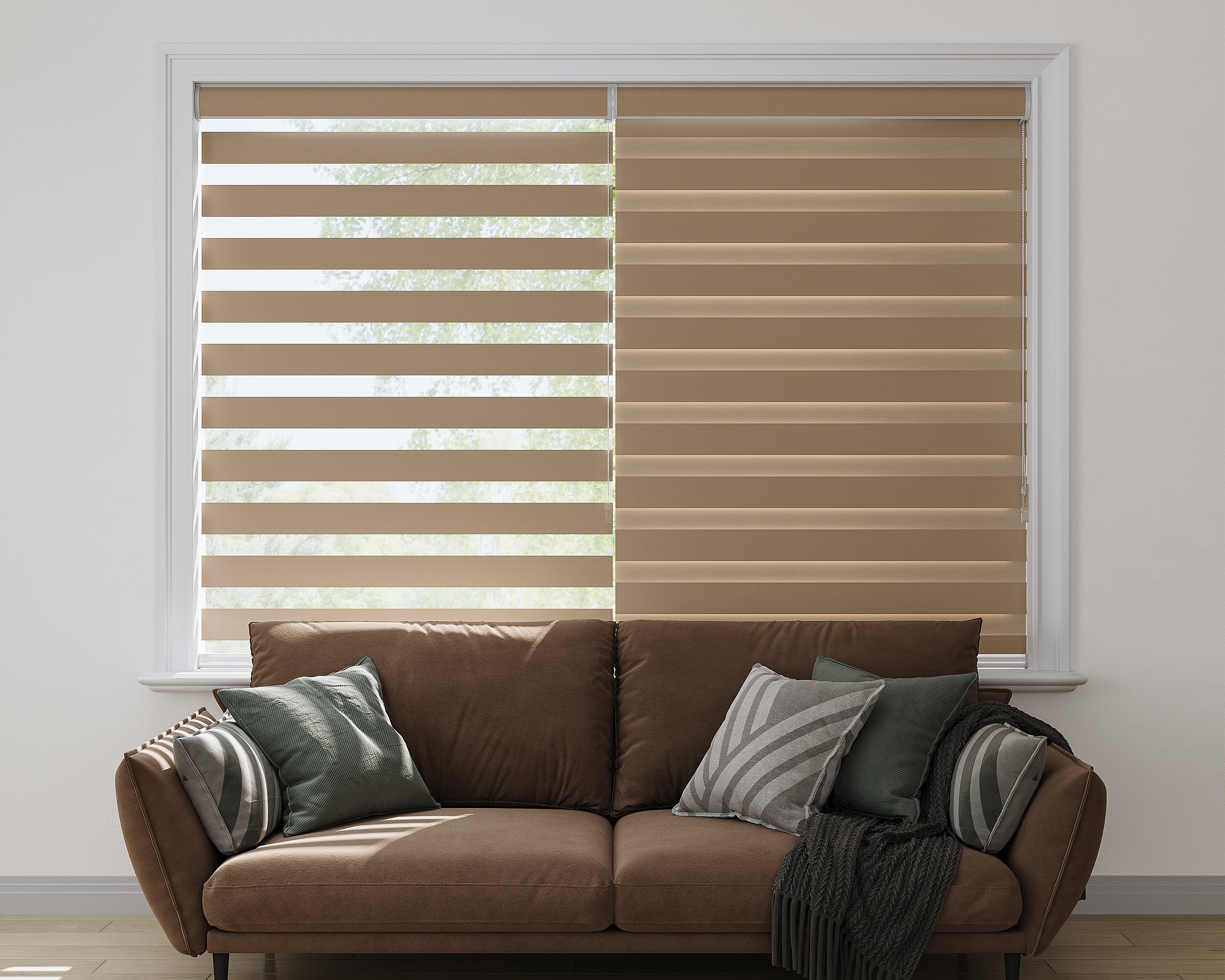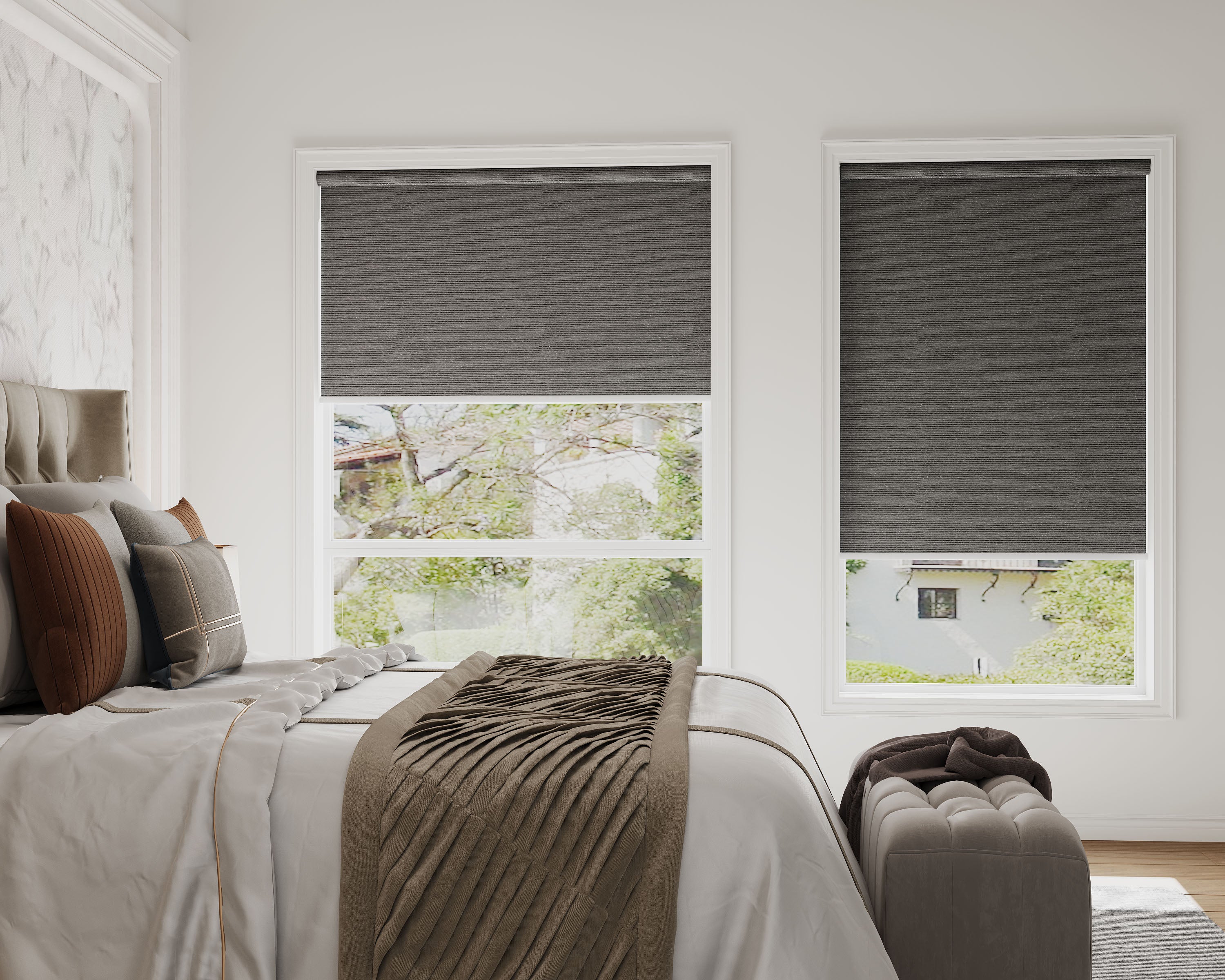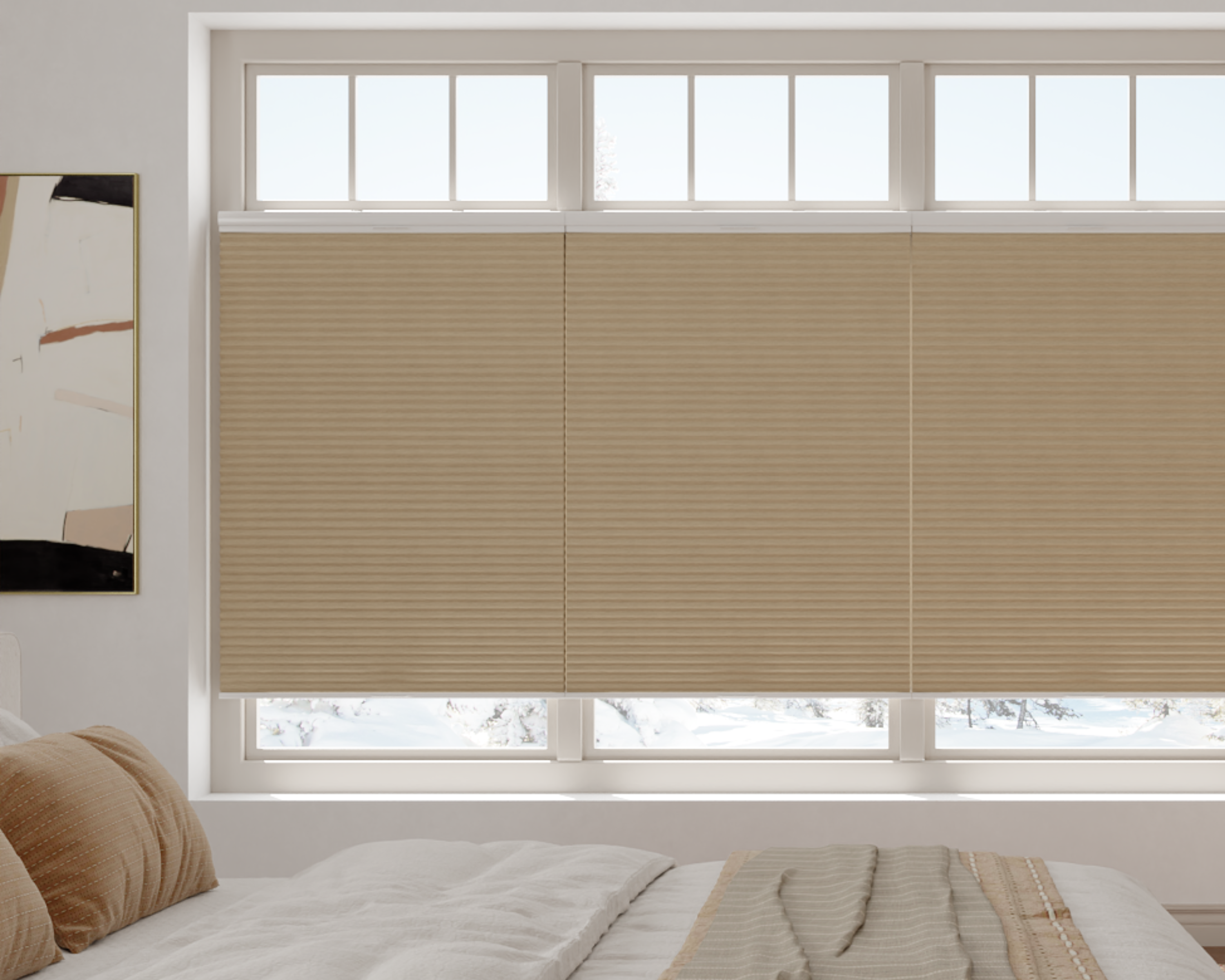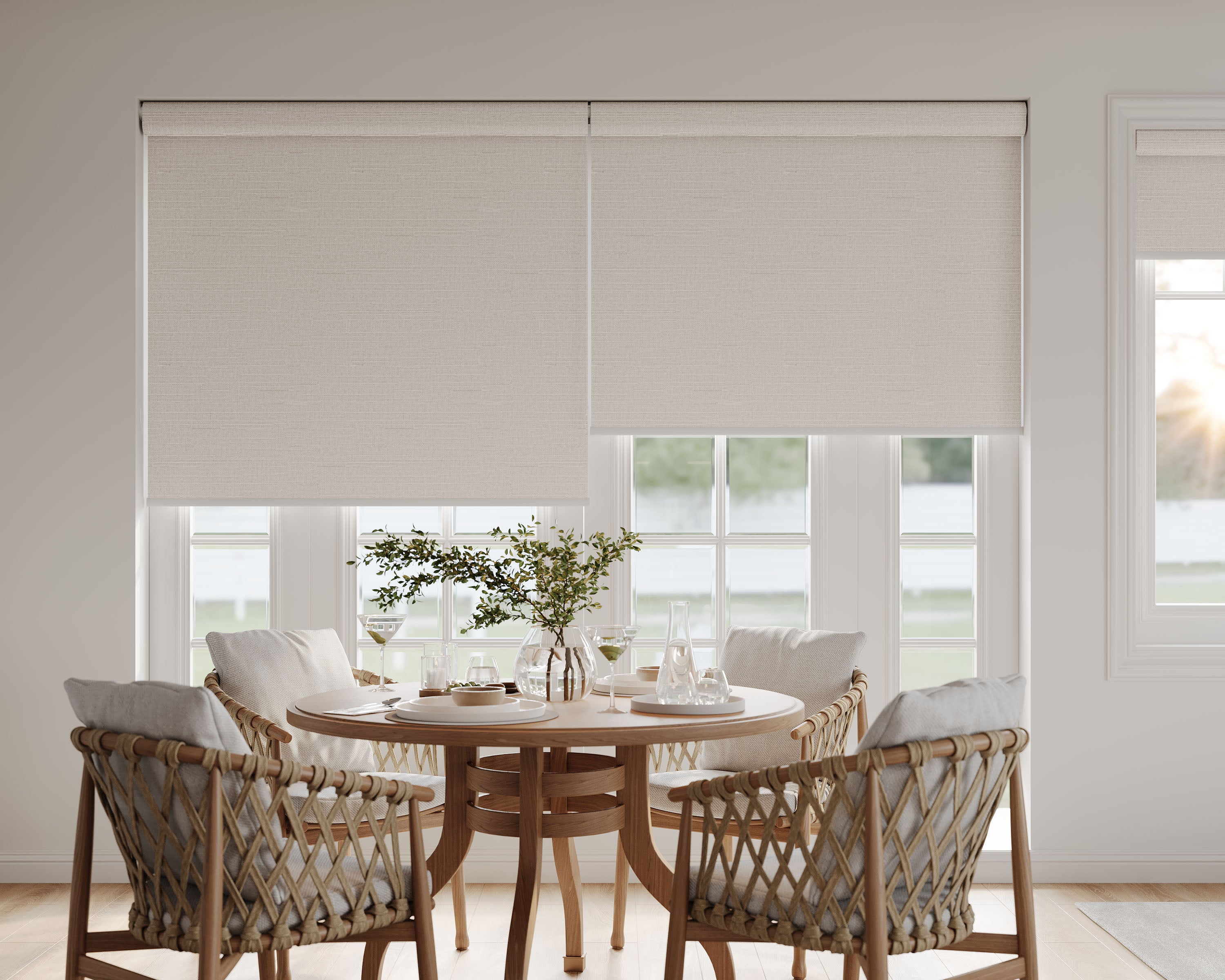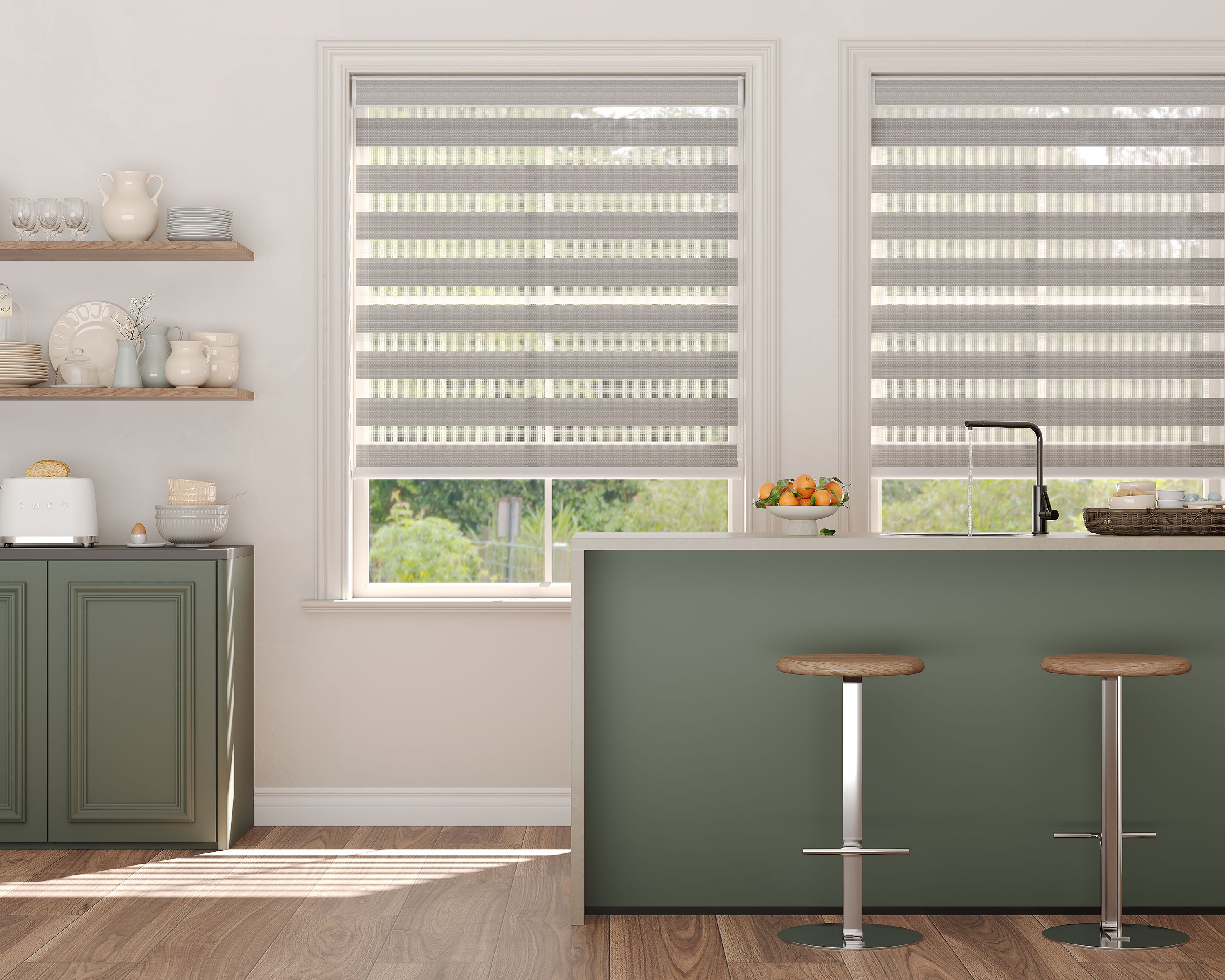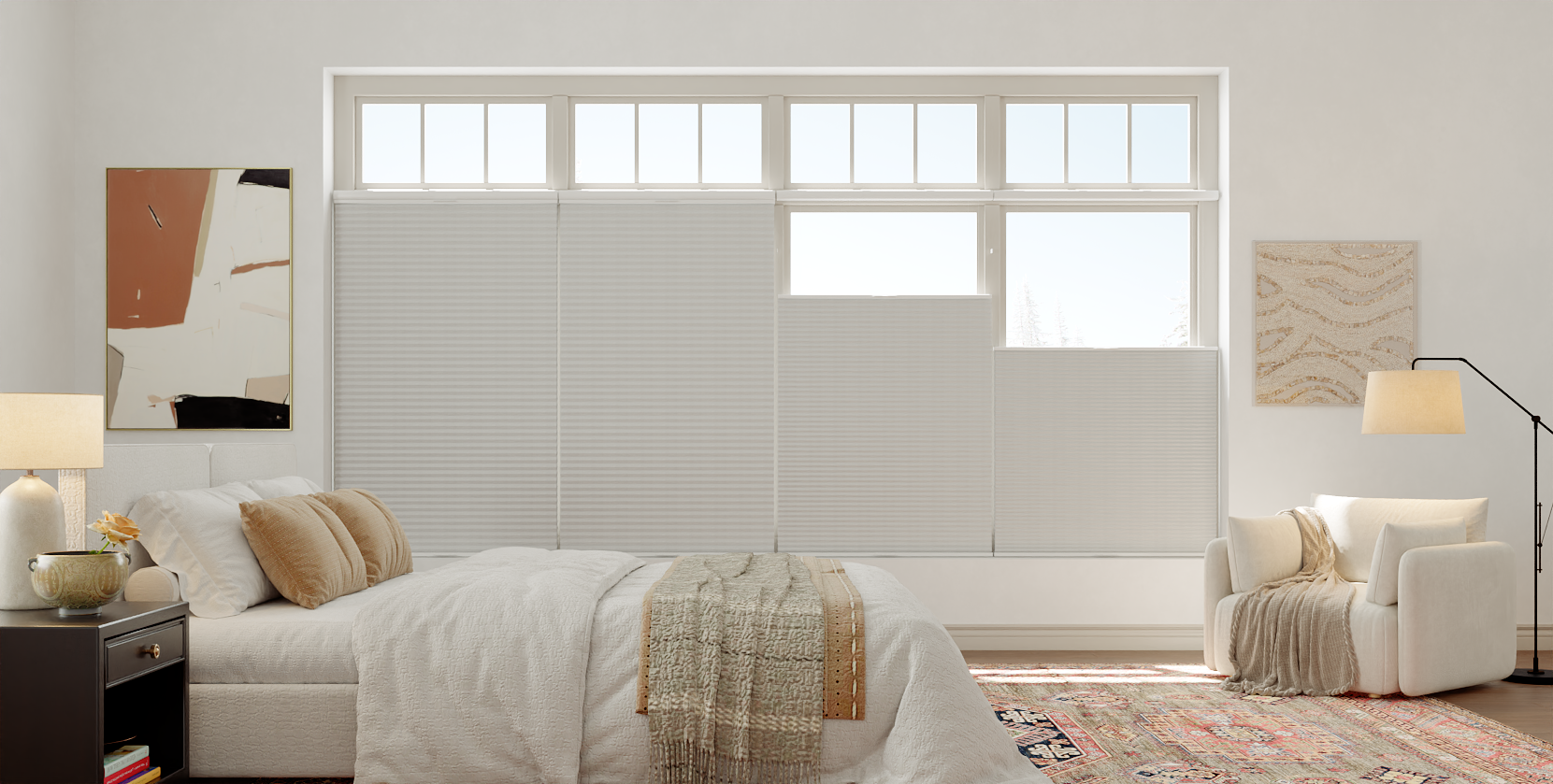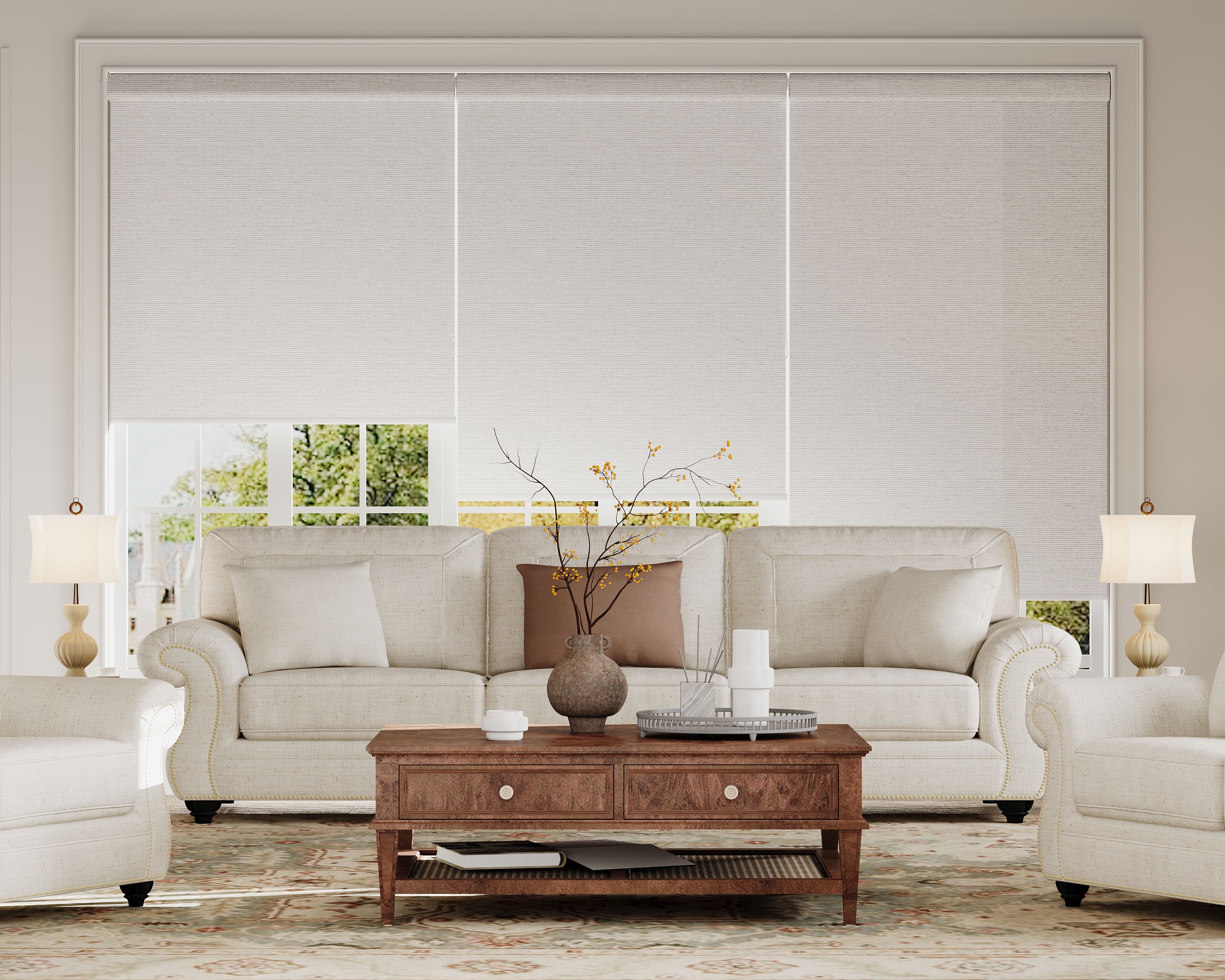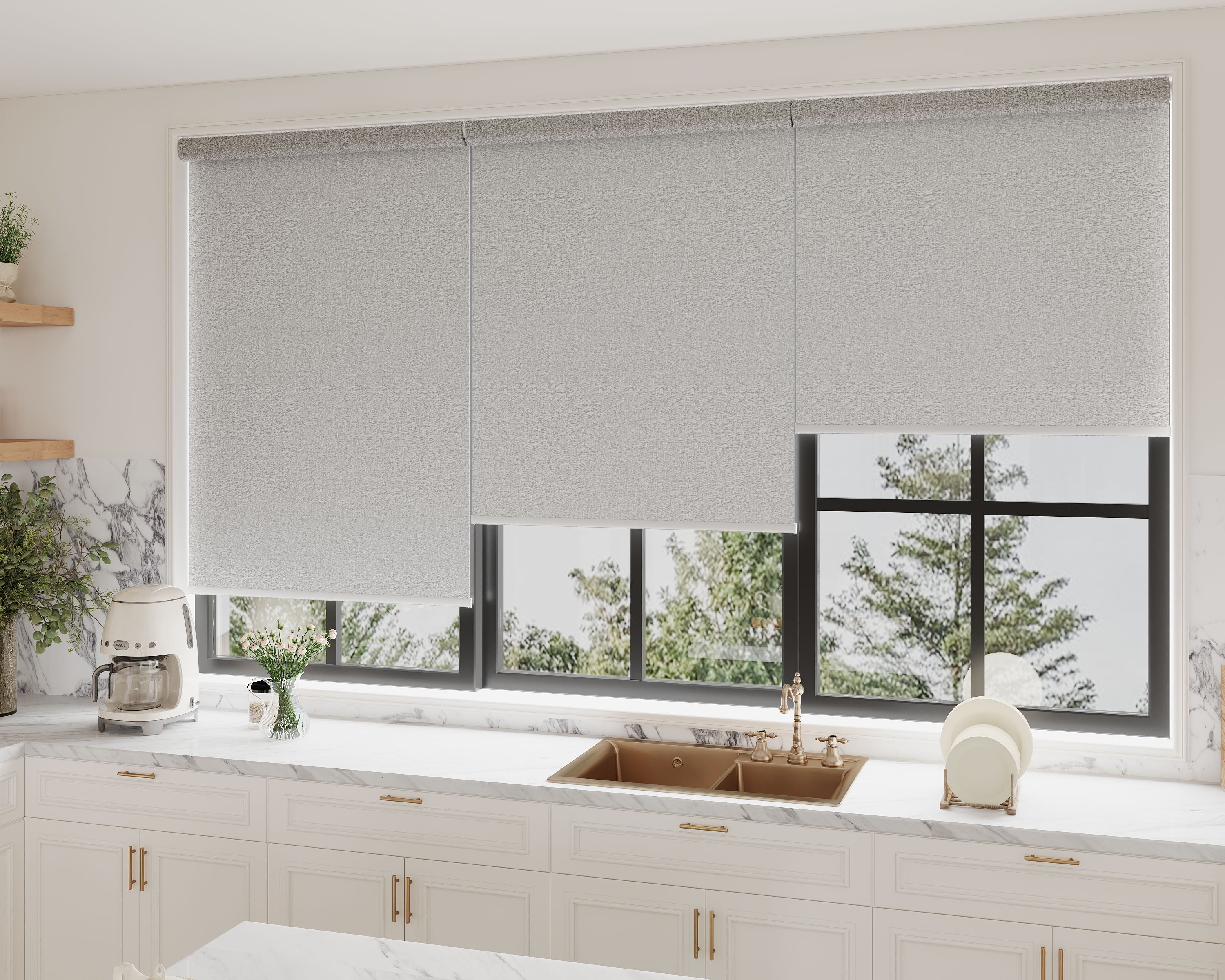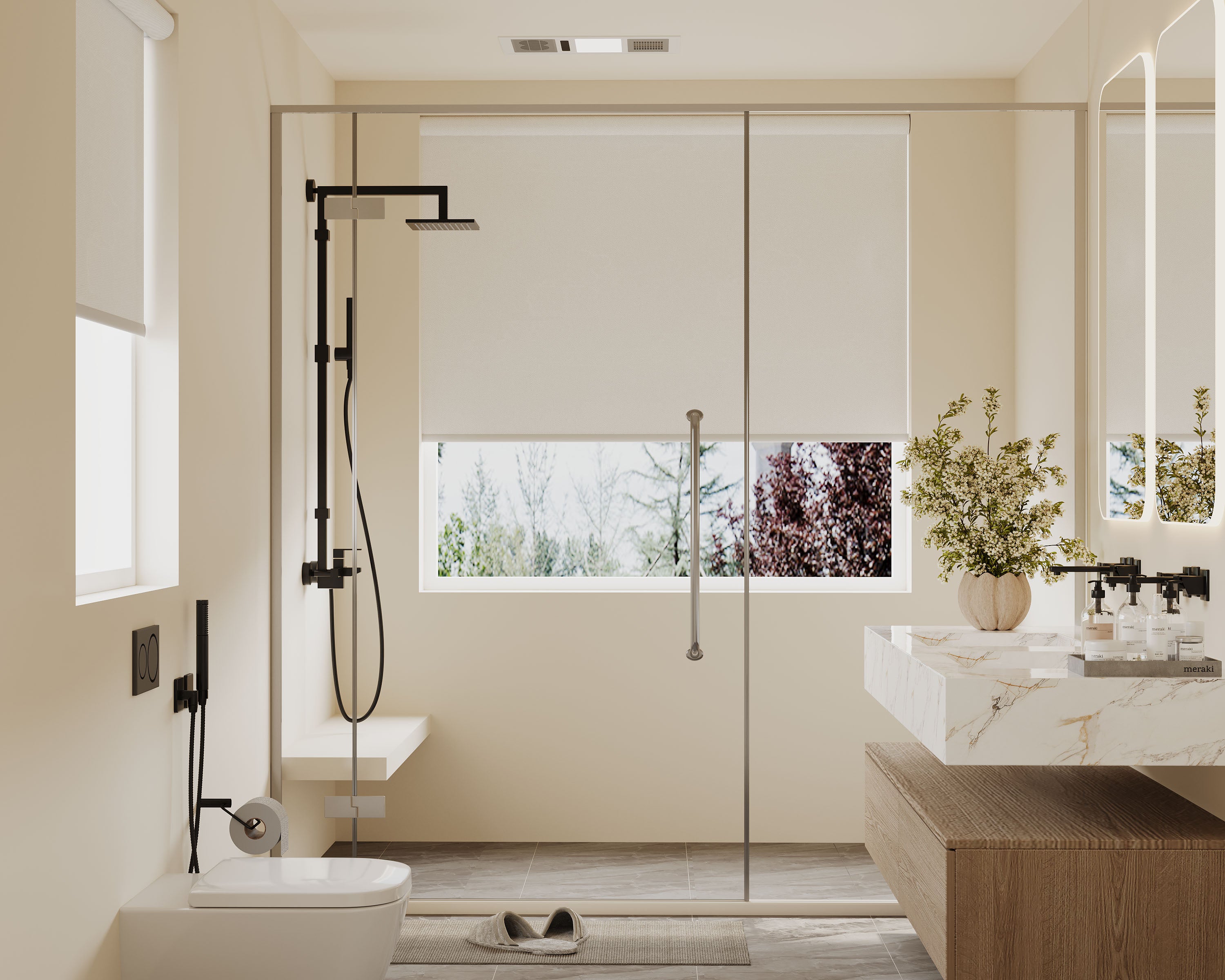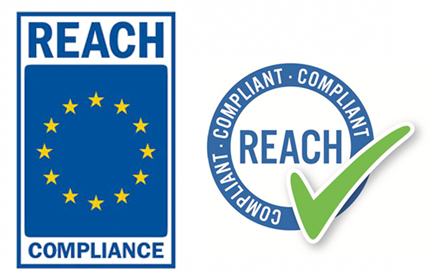Explore our top collections, including Roller Shades, Zebra Shades, and Blackout Shades.
Mounting shelves, art, or hardware into metal, tile, or brick can feel intimidating if we aren’t familiar with the right tools and techniques. The secret to stable, long-lasting installs is choosing the proper drill bits, selecting reliable anchors, and using safe drilling practices for tough surfaces. With a bit of know-how, we can get great results without cracking tile, stripping brick, or struggling for hours.
We’ll break down what every DIYer needs to know about different wall materials, walk through effective drilling tips, and highlight common mistakes to avoid. Whether we want to hang a heavy mirror on brick or add bathroom hardware to tile, getting the basics right—while staying safe—makes all the difference.
Key Takeaways
- Use specific drill bits and anchors designed for each wall type.
- Safety basics and smart technique prevent damage and injury.
- Learn to avoid the most common mounting mistakes.
Choosing the Right Drill Bit
We need the correct drill bit for each surface to keep our projects smooth and hassle-free. Using the wrong type can waste time or damage materials, so let's get specific about what works best for metal, tile, and brick, and how to spot when it's time for a new bit.
Types of Drill Bits for Metal
Drilling into metal means we want bits tough enough to punch through solid surfaces without overheating or dulling quickly. High-speed steel (HSS) bits are our go-to for most metals, and they work well for mild steel, copper, brass, and aluminum. For tougher materials like stainless steel, cobalt steel bits stand up to heat and pressure, making them a solid upgrade.
For even more durability, titanium-coated HSS bits help reduce friction, allowing for smoother cuts and longer life. Step bits and unibits are handy for making larger holes in sheet metal, but they don’t work as well for thick steel. Always pair these with a slow drill speed and a lubricant like cutting oil.
Keep a cheat sheet handy:
| Metal Type | Recommended Bits |
|---|---|
| Mild Steel | HSS, Titanium |
| Stainless Steel | Cobalt |
| Aluminum, Brass | HSS |
Selecting Drill Bits for Tile Surfaces
Tile tends to crack and chip, especially if we use the wrong bit. For ceramic tile, a carbide-tipped masonry bit works best, while a diamond-tipped bit is ideal for porcelain or natural stone tile.
It’s smart to start slow and avoid hammer mode. Cool the bit often with water—tile bits overheat quickly. Painter’s tape over the drill spot can help keep the bit from slipping. This little trick gives us cleaner holes and fewer headaches.
Here’s a quick reference:
- Ceramic Tile: Carbide-tipped masonry bit
- Porcelain/Natural Stone: Diamond-tipped bit
- Tip: Always use slow speed and cool with water
Best Drill Bits for Brick and Masonry
Masonry work means extra stress on our drill bits. For brick and mortar, carbide-tipped masonry bits are reliable and affordable for most home projects. If we're working with concrete or stone, SDS (Slotted Drive System) bits paired with a hammer drill add the strength and speed we need.
The carbide tip does the hard work, breaking up tough material, while the spiral shank helps remove dust. Longer bits are handy when deep holes are needed for anchors or lag bolts. It’s key to match the bit length and diameter to our wall anchors to avoid messy errors.
Main options for brick:
| Material | Bit Type |
|---|---|
| Brick/Mortar | Carbide-tipped |
| Stone/Concrete | SDS masonry bits |
| Hollow block | Carbide masonry |
Recognizing Signs of Worn Drill Bits
Drill bits wear out, especially if we push them through hard materials. We know it’s time to retire a bit if it takes longer to cut, makes squeaking noises, or leaves jagged holes. Visible dullness at the tip or shiny spots along the cutting edge mean our bit is past its prime.
Chipped or bent bits can wobble and cause even more damage. It's tempting to keep using them, but swapping out worn bits keeps holes clean and our hands safe. Let’s keep a few extras in our toolbox so we’re never caught off guard.
Understanding Wall Types and Materials
Before grabbing a drill, we need to know the exact surface we'll be dealing with. Different walls—metal, tile, and brick—call for different tools, anchors, and a slightly different approach.
Identifying Metal Studs, Tile, and Brick Walls
Let’s start with knowing what’s behind (and in) our walls:
- Metal studs are often hidden by drywall, but a stud finder set to “metal” can help us locate them. They feel colder and are harder than wood when tapped.
- Tile is smooth, glossy, and usually covers drywall or cement board. Ceramic and porcelain are common; both can be brittle if handled the wrong way.
- Brick is easy to spot, with a rough, solid texture. We often see it in basements, fireplaces, and exterior walls.
We’ll have the best chance of success if we confirm the wall type before choosing any drill bit or anchor.
How Material Thickness Affects Mounting
Wall thickness has a huge impact on the mounting hardware we pick. For example, thin tiles on drywall mean we need shorter anchors so we don’t poke out the other side.
Brick walls can range widely in thickness. A deeper anchor gives strong support, especially for heavier items, but we need to be careful not to drill too deep and risk damage. For metal studs, thickness matters for anchor expansion—some toggles won’t fit if the stud is too thin.
It’s a good idea to measure or research typical wall thicknesses in our house so we don’t hit an unwanted surprise.
Dealing with Mixed Material Surfaces
Sometimes, we find a wall that’s half brick and half drywall, or tile with cement board and a metal stud behind it. In these cases, our mounting solution needs to match each layer.
If we hit tile over cement board, we’ll start with a carbide-tipped tile bit, then switch to a masonry bit if needed. If there’s a metal stud behind tile, we’ll need both a tile and a metal drill bit, plus anchors rated for that combination.
It helps to map out the area and note any seams, changes in material, or obstructions. Testing by lightly tapping or using a small pilot hole can help us avoid guesswork.
Drill Techniques for Hard Surfaces
Drilling into metal, tile, or brick needs the right approach to avoid major missteps, like broken bits or ugly damage. Let’s look at what works best for each material and how we can keep our projects safe, tidy, and frustration-free.
Drilling Safely into Metal
When we're drilling into metal, using a high-speed steel (HSS) bit is a solid choice. For tougher metals, cobalt or titanium-coated bits are worth the investment. Starting with a center punch to make a small dent helps keep the bit from wandering, which is key for accuracy.
Lubrication really matters; a drop or two of cutting oil reduces friction and heat, extending our bit's life and making drilling smoother. We should keep our drill speed moderate to avoid overheating and damaging both bit and metal. Also, clamp down the material—nobody wants a loose piece of metal spinning under the drill.
List of safety musts:
- Clamp workpieces securely
- Wear eye protection (metal shavings are no joke)
- Remove metal chips frequently with a brush, not our hands
Preventing Cracks in Tile
Tile can be beautiful but it’s also fragile. Using a carbide-tipped masonry bit designed for tile makes a big difference. Marking the spot with painter’s tape cushions the surface and keeps the bit from slipping as we start the hole.
Drill slowly and skip the hammer setting; patience here is our best friend. We want light, steady pressure—too much force and the tile may crack. It helps to periodically spray a little water on the bit and tile to minimize heat and reduce the risk of chips.
Before drilling:
- Double-check for hidden pipes or wires behind the tile
- Stick to low speeds and steady hands
- For glazed tile, an initial “pilot hole” can help guide the bit
Getting a Clean Hole in Brick
Brick is tough but crumbly. Masonry bits with a tungsten carbide tip are the go-to here. We can use the hammer setting on our drill to get through brick efficiently, but we have to control the speed—let the bit do the work.
Marking our spot with chalk or pencil helps with accuracy. To prevent blowout on the back side, we should drill from both sides if possible or use a scrap piece of wood as backing. Cleaning out brick dust from the hole with a vacuum or canned air is key so our anchors grip well.
Quick tip:
Wear a dust mask—brick dust in the lungs isn’t fun for anyone. And always check for electrical lines before we start. Using the right combination of drill speed, steady pressure, and anchor size gives us a solid, clean result every time.
Types of Anchors Explained
Choosing the right anchor is the key to making sure our shelves, fixtures, or decorations stay secure and level. Not all walls are made the same, so using the correct anchor type lets us avoid cracks, slips, or unstable mounts.
Masonry Anchors for Brick
When it comes to brick, not all anchors are created equal. We’ve all seen plastic anchors fail miserably in crumbly mortar. Instead, masonry anchors—like sleeve anchors, wedge anchors, and hammer-set anchors—are designed to expand inside the drilled hole for a rock-solid grip.
Sleeve anchors are versatile and straightforward. Inserted into a pre-drilled hole, they expand as the bolt tightens. Wedge anchors provide the strongest hold but require precise drilling. For lightweight projects, hammer-set anchors work quickly and don’t need a lot of tools.
| Anchor Type | Best Use | Load Capacity |
|---|---|---|
| Sleeve Anchor | Shelves, brackets | Medium/Heavy |
| Wedge Anchor | Large fixtures, support | Heavy |
| Hammer-set | Hooks, light fixtures | Light |
We also want to drill into the brick, not the mortar, for maximum stability. Mortar is softer and doesn’t support anchors nearly as well.
Specialty Anchors for Tile
Mounting into tile is a high-stakes game—one wrong move and we end up with cracks. That’s why we use specialty anchors meant specifically for tiles, like toggle bolts and winged plastic anchors. These spread force evenly, reducing the risk of damage.
Toggle bolts fit larger holes but clamp securely behind the tile and wall, which is perfect for shelves or towel racks. Winged plastic anchors expand and hold behind the wall after insertion. Both require a carbide-tipped drill bit to avoid chipping the tile and to cut a clean hole.
If we’re hanging something extra heavy (like a big mirror), metal toggle anchors add strength without adding much fuss. For added protection, a piece of painter’s tape over the drill spot helps prevent the drill bit from skidding across the tile.
Anchoring Solutions for Metal Studs
Mounting to metal studs takes a little patience, but it’s doable. Regular wood or masonry anchors won’t cut it—self-drilling drywall anchors, toggle bolts, or metal stud anchors (also called Zip-It anchors) are what we want here.
Self-drilling drywall anchors cut directly into drywall and the metal stud, but only hold moderate weight. Toggle bolts provide much stronger support and work by spreading the load across a larger surface, which is especially helpful since metal studs are thinner than wood.
Quick tip: always double-check for electrical wiring before you drill. Use a stud finder that also detects wires, so we don’t give ourselves a shocking surprise along the way. When in doubt, we can anchor into both the drywall and metal stud for a solid, reliable installation.
Safety Tips Everyone Should Know
Drilling into metal, tile, or brick isn’t just about getting a straight hole. The right gear, some patience, and a healthy respect for power tools keep us safe—and our projects looking good.
Personal Protective Gear
Before grabbing the drill, let’s talk about gear. Eye protection is non-negotiable; safety goggles protect us from flying bits and dust that go everywhere when drilling hard stuff. Regular glasses? Not enough—grab impact-rated goggles.
Drilling gets loud, especially with masonry or tile. Ear protection helps—those high-pitched screeches aren’t doing our hearing any favors. Dust masks are smart when drilling brick or mortar. It’s wild how much dust floats up before we even notice.
Gloves can save us from nasty nicks on sharp edges, though loose ones around a spinning bit are a big no. Sturdy shoes—trust me, stepping on a dropped drill or tile shard isn’t fun.
Safe Drilling Practices
Always check what’s behind the wall—studs, pipes, wires—before drilling. Stud finders or wire detectors are lifesavers here. Accidentally hitting a wire? That’s a headache (and a safety issue) nobody wants.
Secure your workpiece, and keep the drill steady. On tile, slap down a little painter’s tape “X” where you want to drill. It stops the bit from skating all over and helps prevent chips. Marking drill depth with tape on the bit keeps us from going too deep and busting through.
Don’t muscle it—let the bit do the work. Pushing too hard cracks tile or snaps bits. Cooling the bit with a splash of water (especially on tile and metal) keeps things from overheating and breaking.
Handling Power Tools with Care
Give your drill bits and tools a quick inspection before plugging in. Dull or damaged bits just make a mess and can slip.
Use both hands on the drill, and keep cords, sleeves, and hair clear of moving parts. Swapping bits? Unplug or pop the battery out first—no one likes surprises.
Adjust the drill speed for your material—slower for tile, faster for brick or metal. Rushing just leads to mistakes (and probably some cursing). When you’re done, unplug the tool—especially if kids or pets are around.
Common Mounting Mistakes and How to Avoid Them
Mounting into metal, tile, or brick isn’t the moment to just “wing it.” The right bits and anchors are crucial, but so is our approach. Little missteps can mean cracks, crooked shelves, or worse.
Skipping Pilot Holes
It’s tempting to skip pilot holes when you’re in a hurry, but metal, tile, and brick don’t forgive sloppy work. Without a pilot hole, bits wander and holes end up crooked or off-center.
Pilot holes help prevent tiles from chipping and bricks from cracking. They also save wear on our drills, since there’s less resistance. Mark your spot with tape or a center punch, then start with a smaller bit before moving up.
When working with tile, a pilot hole almost guarantees you won’t split the tile in half. The sound of breaking porcelain? No thanks.
Using the Wrong Anchor Size
Pick the wrong anchor and things—shower rods, shelves, towel hooks—can end up on the floor. Every anchor is rated for different weights and wall thicknesses. Too small, and it won’t hold; too big, and you might split the brick or mess up the tile grout.
Here’s a quick cheat sheet:
| Surface | Typical Anchor Size | Notes |
|---|---|---|
| Tile | 3/16”–1/4” | Use plastic or zinc anchors; don’t expand into grout. |
| Brick | 3/16”–5/16” | Sleeve anchors or masonry screws work well. |
| Metal | 1/8”–1/4” | Try self-tapping anchors or toggles for lighter stuff. |
Match anchor size to material and what you’re hanging. Reading the specs on the package? Worth the extra minute.
Overtightening Screws
Cranking down on a screw feels good, but overtightening is asking for trouble. On tile, you’ll hear that dreaded crack if you go too far. In brick, you might spin the anchor or strip the hole.
Aim for snug—stop when you feel resistance. On metal, overtightening strips threads or snaps screws. Finish tightening by hand, not with a power drill, to avoid going overboard.
Not sure? Back off a touch. It’s way easier to tighten a loose screw than fix a busted tile or stripped anchor.
Neglecting Weight Limits
Ignoring weight ratings might seem harmless for a little picture, but it’s risky for heavy shelves or TVs. Every anchor and screw has a max load, and it depends on the wall and how you install it.
Manufacturers put these limits right on the packaging. Brick and concrete anchors usually hold more, but tile and metal have lower limits. Overconfidence here leads to falling stuff and cracked walls.
Rule of thumb: round up your requirements, and if you’re not sure, go stronger. Keeping charts or anchor specs in your toolbox beats guessing—and saves repairs later.
Finishing Touches for a Secure and Sleek Mount
Once the anchor and screws are in, it’s time for the little details that make a project look finished. First, check snugness: a gentle tug tells you if everything’s solid. If it wobbles, a quick twist with the screwdriver usually fixes it.
Now, hide those screw heads. Most brackets come with caps or covers, but if not, a dab of matching paint does the trick—makes screws disappear into tile, brick, or metal.
A level mount looks pro. Double-check with a bubble level and tweak as needed. It’s wild how even the slightest tilt stands out, especially on patterned tile or brick.
For a polished look, wipe away dust or smudges with a damp cloth. If there’s debris in grout or brick, use a vacuum with a brush. Here’s a quick cleanup list:
| Task | Recommended Tool |
|---|---|
| Remove dust | Damp cloth |
| Clean grout or crevices | Vacuum with brush |
| Hide minor chips | Touch-up paint or caulk |
Step back, take a look, and enjoy the feeling of a job well done—even if it’s not 100% perfect.
Frequently Asked Questions
Drilling into metal, tile, or brick can feel a bit daunting, but with the right tools and some care, we can handle it. Let’s tackle some common questions—because we’ve all wondered about these at some point.
What type of drill bit is best for penetrating tough materials like metal, tile, or brick?
For metal, high-speed steel (HSS) or cobalt bits work best.
Tile calls for carbide-tipped or diamond-tipped bits to keep cracks at bay. For brick or masonry, always grab a masonry bit with a hardened tip—never a wood bit.
How can you ensure that brick doesn't crack when drilling into it?
Stay away from edges and drill at least an inch from the brick’s perimeter to avoid cracks.
Use gentle, steady pressure and start with a small pilot hole. Masking tape helps give extra grip and keeps things tidy.
When drilling into the mortar, is a standard drill sufficient or is a specialized tool needed?
A regular drill usually works for soft mortar, but a hammer drill is better for old, hard mortar.
Pair it with a masonry bit so you don’t wreck your tools. If the mortar’s stubborn, switch to the hammer drill.
Can masonry bits effectively drill through tile without causing damage?
Masonry bits can get through tile, but there’s a risk of chipping or cracking, especially with glossy or fragile tiles.
For a cleaner hole, use a tile-specific bit—carbide or diamond-tipped is best. Go slow, and some masking tape helps keep the bit from wandering.
What essential safety measures should you take when using drill bits on harder surfaces?
Always wear safety goggles and a dust mask—brick and tile dust are rough on lungs and eyes.
Gloves help, and keeping the work area tidy prevents accidents. Double-check for hidden wires or pipes before you start drilling.
Got any tips for neatly drilling into brick without creating a mess of the wall?
Honestly, sticky notes or even a folded piece of paper taped just under where you’re drilling can catch most of the dust—surprisingly effective for something so simple.
I usually keep a vacuum nearby (or a brush if you’re old school) to tackle whatever dust escapes. Marking the drill bit with painter’s tape helps you avoid going too deep. And yeah, take it slow—rushing just makes a mess and the brick won’t thank you for it.

